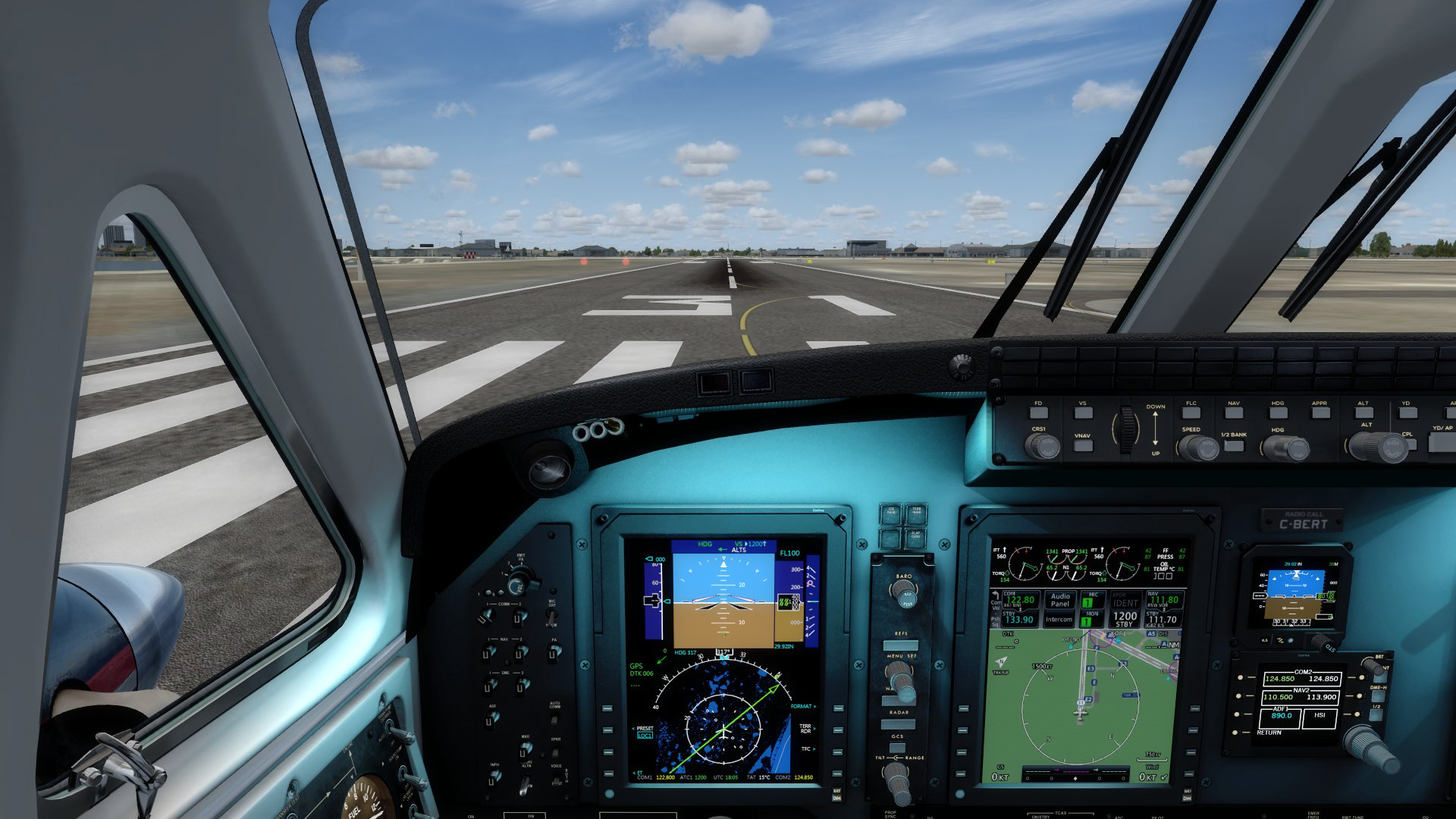
Cessna 172 G1000 Fs2004 Sp1
• 172: 8,700 (1956) • 172R: US$274,900 (2012) • 172S: US$307,500 (2012) Developed from Variants The Cessna 172 Skyhawk is an American four-seat, single-engine, high wing, made by the. First flown in 1955, more 172s have been built than. Measured by its longevity and popularity, the Cessna 172 is the most successful aircraft in history. Cessna delivered the first production model in 1956 and as of 2015, the company and its partners had built more than 44,000. The aircraft remains in production today.
The Skyhawk's main competitors have been the and (neither currently in production), the, and, more recently, the. Contents • • • • • • • • • • • • Design and development [ ] The Cessna 172 started life as a tricycle landing gear variant of the, with a basic level of standard equipment.
The Cessna 172 is available as the Skyhawk and Skyhawk SP version. When you fly the FS2004 version with add-on scenery installed for. FSX with SP1 CH.
In January 1955, Cessna flew an improved variant of the Cessna 170, a -powered Cessna 170C with larger elevators and a more angular tailfin. Although the variant was tested and certified, Cessna decided to modify it with a tricycle landing gear, and the modified Cessna 170C flew again on 12 June 1955. To reduce the time and cost of certification, the type was added to the Cessna 170 type certificate as the Model 172. Later, the 172 was given its own type certificate, 3A12. The 172 became an overnight sales success, and over 1,400 were built in 1956, its first full year of production.
A 1960 Cessna 172A Early 172s were similar in appearance to the 170s, with the same straight aft fuselage and tall landing gear legs, although the 172 had a straight tailfin while the 170 had a rounded fin and rudder. Biodata anggun c sasmi. In 1960, the 172A incorporated revised landing gear and the swept-back tailfin, which is still in use today. The final aesthetic development, found in the 1963 172D and all later 172 models, was a lowered rear deck allowing an aft window.
Cessna advertised this added rear visibility as '.' Production halted in the mid-1980s, but resumed in 1996 with the 160 hp (120 kW) Cessna 172R Skyhawk. Cessna supplemented this in 1998 with the 180 hp (135 kW) Cessna 172S Skyhawk SP.
[ ] Modifications [ ] The Cessna 172 may be modified via a wide array of (STCs), including increased engine power and higher gross weights. Available STC engine modifications increase power from 180 to 210 hp (134 to 157 kW), add constant-speed propellers, or allow the use of. Other modifications include additional fuel tank capacity in the, added baggage compartment tanks, added to reduce drag, or enhanced landing and takeoff performance and safety with a kit.
The 172 has also been equipped with the 180 hp (134 kW) engine. Operational history [ ]. The record-setting 1958-built Cessna 172 A Cessna 172 was used in 1958 to set the; the record still stands.
On December 4, 1958, Robert Timm and John Cook took off from in Las Vegas, Nevada, in a used Cessna 172, registration number N9172B. They landed back at McCarran Airfield on February 7, 1959, after 64 days, 22 hours, 19 minutes and 5 seconds in flight. The flight was part of a fund-raising effort for the Cancer Fund. Food and water were transferred by matching speeds with a chase car on a straight stretch of road in the desert and hoisting the supplies aboard with a rope and bucket. Fuel was taken on by hoisting a hose from a fuel truck up to the aircraft, filling an auxiliary belly tank installed for the flight, pumping that fuel into the aircraft's regular tanks and then filling the belly tank again.
The drivers steered while a second person matched speeds with the aircraft with his foot on the vehicle's accelerator pedal. Engine oil was added by means of a tube from the cabin that was fitted to pass through the firewall. Only the pilot's seat was installed. The remaining space was used for a pad on which the relief pilot slept. The right cabin door was replaced with an easy-opening, accordion-type door to allow supplies and fuel to be hoisted aboard. Early in the flight, the engine-driven electric generator failed. A Champion wind-driven generator (turned by a small propeller) was hoisted aboard, taped to the wing support strut, and plugged into the cigarette lighter socket; it served as the aircraft's source of electricity for the rest of the flight.
The pilots decided to end the marathon flight because with 1,558 hours of continuously running the engine during the record-setting flight, plus several hundred hours already on the engine beforehand (considerably in excess of its normal overhaul interval), the engine's power output had deteriorated to the point at which they were barely able to climb away after refueling. The aircraft is on display in the passenger terminal at. Photos and details of the record flight can be seen in a small museum on the upper level of the baggage claim area. After the flight, Cook said: Next time I feel in the mood to fly endurance, I'm going to lock myself in our garbage can with the vacuum cleaner running.